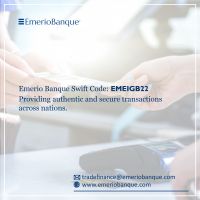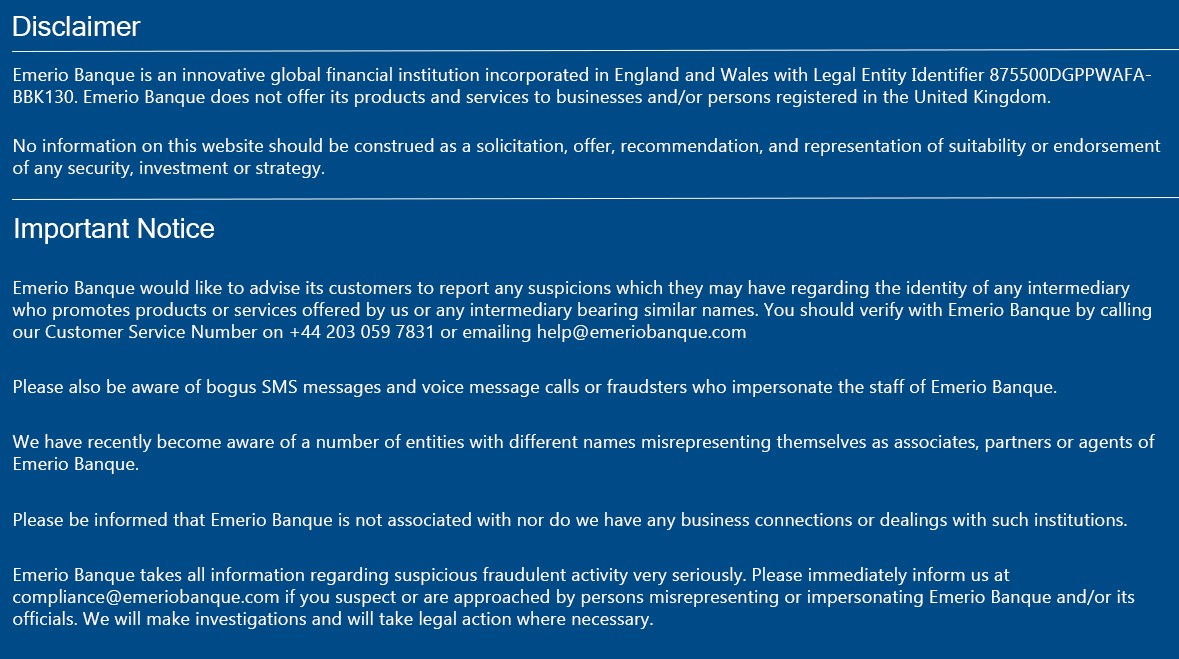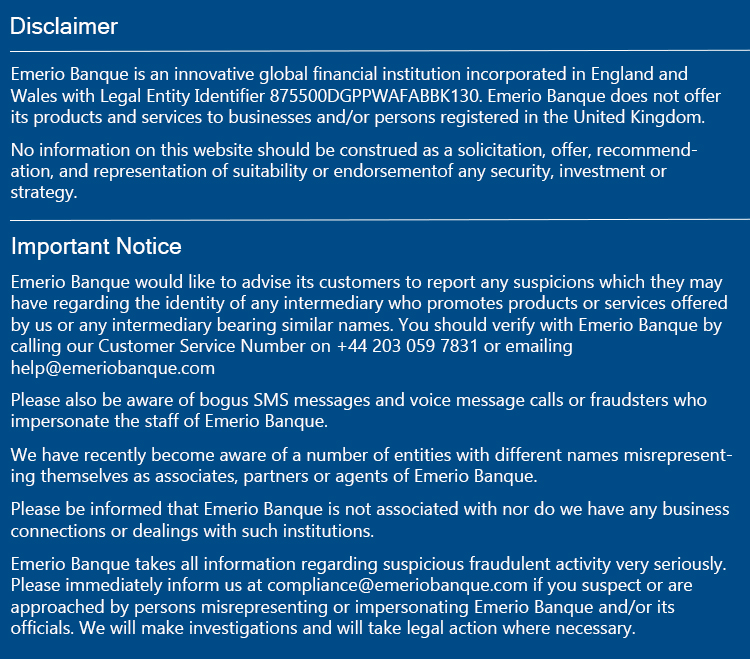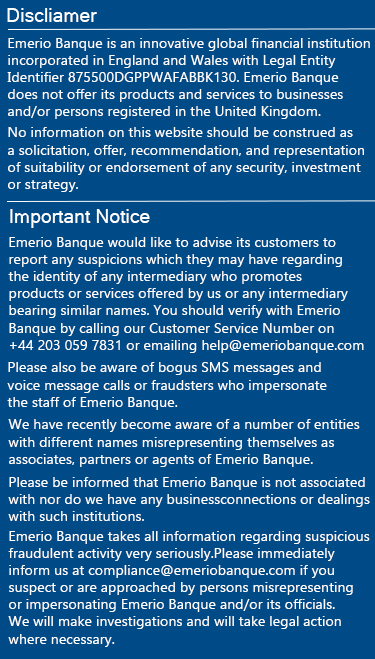Import Finance and Its Types
Oct 29, 2020 - 11:36 AMAuthor - Emerio Banque

What Is Import Finance?
Import finance is the process of funding the gap between receiving the goods and sending the payments. It is a special type of trade finance where any bank or financial institution finances the purchase of the goods that are being purchased & exported from one country to be imported into another country. In simple words, import finance is the capital that is being used to bring the goods into the country.
Import trade finance helps international businessmen build security in global trades and mitigate the risks. Some of the import transactions can be a burden on the business’s cash flow due to the involvement of logistics. Plus, due to the long time gap between the purchase and delivery of goods, the businessmen want to cover their expenses until the goods arrive. Here when import finance comes into the picture. It provides short-term finance to the importers and helps them reduce risks.
Types of Import Trade Finance
Import finance provides credit options to international traders and enables them to purchase goods without cash flow issues. Apart from that, it helps the importers to bring goods into the country and fund their business requirements.
Here are the most essential types of import finance you should be aware of:
- Usance/ Standby Letters of Credit - When a Usance letter of credit is applied in a transaction, it helps the importer to defer the payment against a purchase. It means it gives more time to the importer to inspect or sell the goods. On the other hand, when a standby LC is issued, the issuing bank provides a guarantee to the exporter regarding on-time payment from the importer only if the buyer defaults. It mitigates the risk of default and provides peace of mind to the exporters.
- Bank Guarantees - When there is a bank guarantee in an international transaction, the exporter are guaranteed of getting paid on-time for their goods or services from the importer and in case, if the buyer is unable to make the payment or fails to meet the terms and conditions of the agreement, the amount will be paid by the issuing bank to the exporter. The only difference between an LC and Bank guarantee is their usage ie. An LC is used in international transactions while a bank guarantee is more likely to be used on real estate or infrastructure projects.
- Invoice Finance - Invoice financing is a method where the selling of accounts receivables is involved. It means with this finance optional one can sell their accounts receivables to raise capital. Most financial institutions provide up to 50-80% of invoice value as loans and help traders meeting their business requirements. Plus, this also helps in improving cash flow and maintaining the working capital of the company.
- Asset-Backed Facilities -It is a financial tool of businesses willing to secure a loan against their collateral (assets). This type of funding allows importers to get loans against assets. The traders can consider any of these asset-based loan options by securing inventory, equipment, buildings, accounts receivables, or other assets in the balance sheet.
Recommended Read: What Is International Trade Finance? How Does It Work And Types
Bottom Line
These many types of import finance help importers raise money and maintain their working capital. Apart from these, there are many reasons why a business should use import trade finance services including which, it ensures safety, reliability, and certainty around the transactions. Emerio Banque is a private financial institution offering international trade finance, letter of credit, and import/export services at fair rates.








